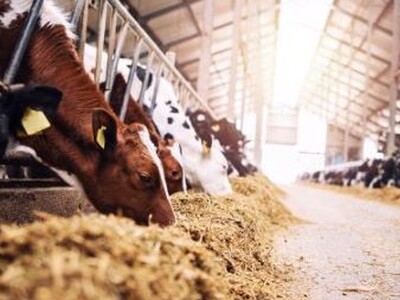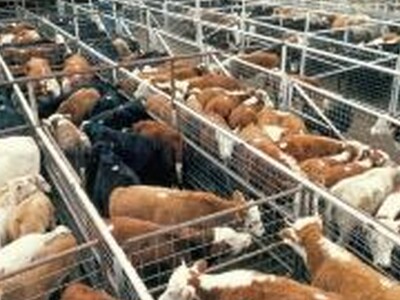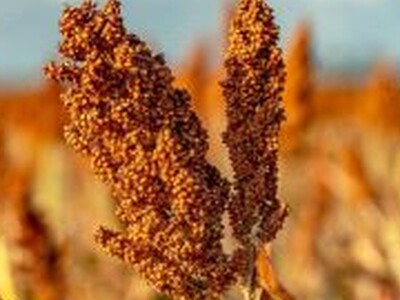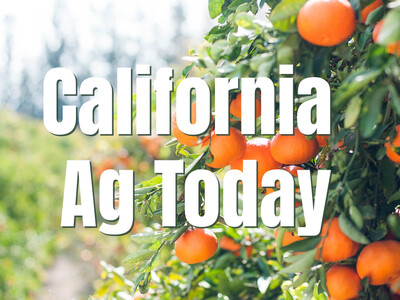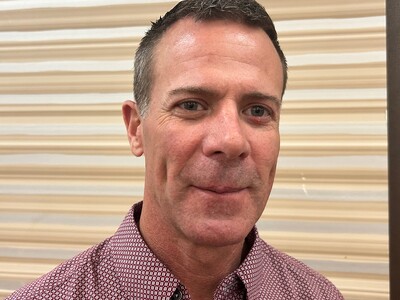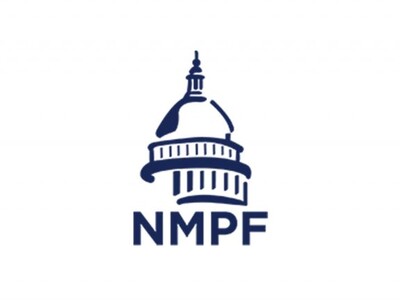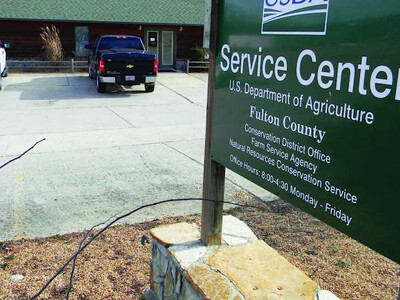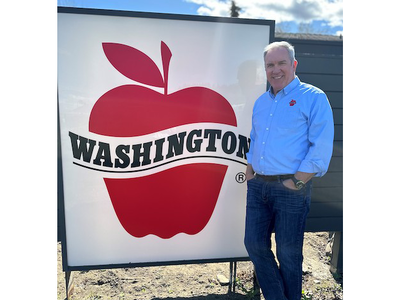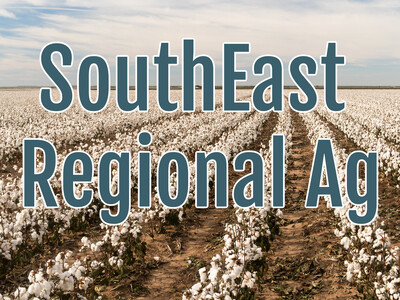VFD Optimization
VFD Optimization. I’m Greg Martin as Line On Agriculture presents the Harvest Clean Energy Report.
More is not always better. Why would you use a 100 watt light bulb when a 60 watt would be sufficient. That’s the idea that helped one company secure an NRCS National CIG grant. Robert Wallace, Executive Director and Certified Energy Manager with Wy’East Resource Conservation and Development.
WALLACE: We’re really excited about this grant. As you know we’ve done a lot of work helping some of our local ag producers save energy. And from the drives that we’ve helped install and the drives that we see out there in the field. A lot of them aren’t set up quite as good as they could be to run to their optimum potential.
They plan on using the grant to further assist farmers with proper calibration of the variable frequency drives or VFD’s on their irrigation systems.
WALLACE: We feel with doing that we can get an extra 10 to 30% energy savings. In the past there just hasn’t been a lot of projects done in agriculture if you look at the region and through the RC&D programs we’ve been able to go out there and really stir a lot of interest and get a lot going. And with doing that we’ve also worked quite a bit with the local conservation districts, have worked with the NRCS.
Wallace says that what they do is work with the owner to maximize the units while helping them save energy and ultimately money.
WALLACE: People are spending in a lot of cases 20, 30, 40-thousand dollars for these large variable frequency drives and they’re just not quite set up correctly. A lot of times the drive may be set to run at higher pressure than what is necessary. A lot of times people err on the cautious side so if 80 psi covers everything, well they just run at 80 psi. But a lot of times maybe the can run at 60 psi or 40 psi and any time they can bring those pressures down they are saving energy.
He talks about the grant process.
WALLACE: To get the CIG grant there was a request for pre-proposals so basically what we did was put a brief summary of our project together. We were accepted past the pre-proposal and asked to put a full proposal in. We went ahead and developed that full proposal. It had quite a bit of detail in there obviously describing the project, describing the areas we would cover, describing the challenges and really describing the innovation of this.
For a link to their website visit aginfo.net. For additional information on clean energy, visit harvestcleanenergy.org. That’s today’s Line On Agriculture. I’m Greg Martin on the Ag Information Network.???
www.harvestcleanenergy.org
www.wyeast-rcd.org




